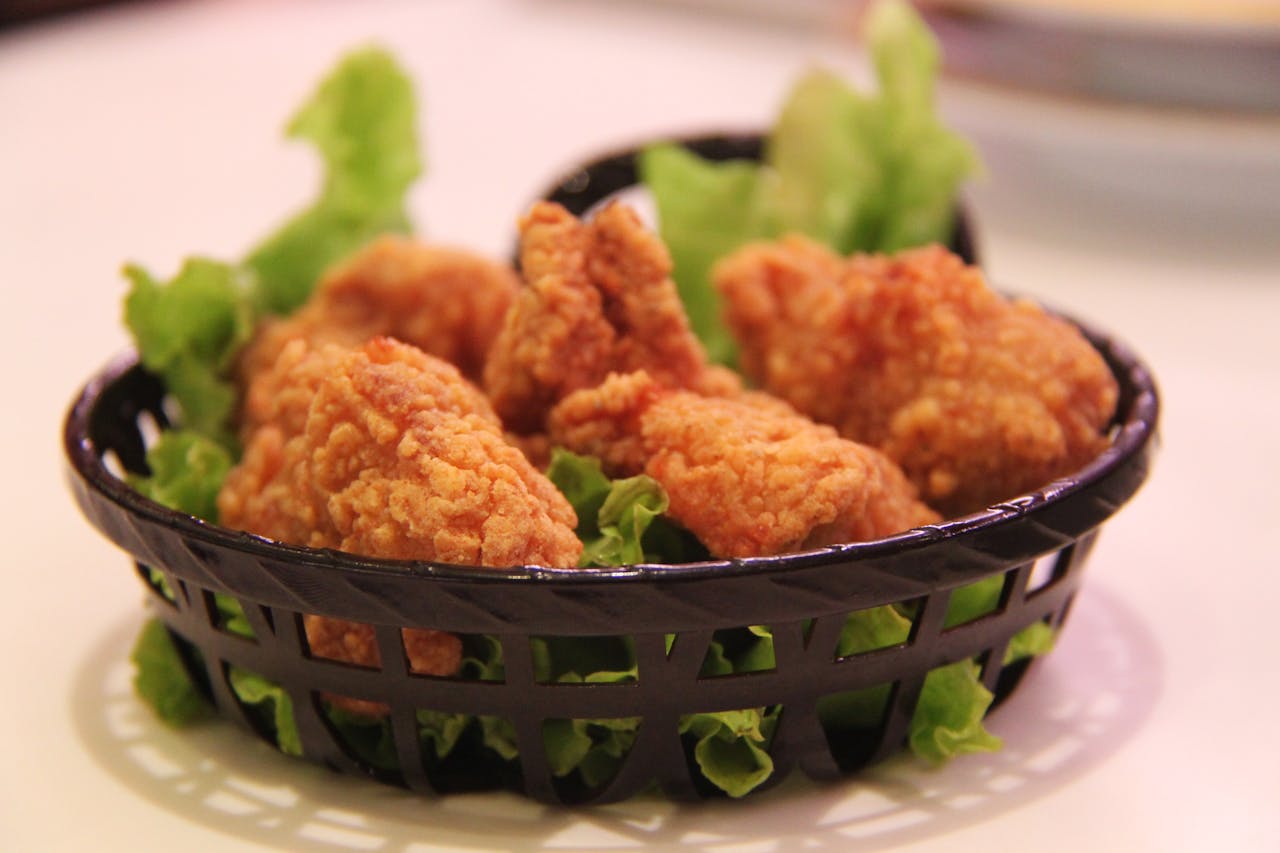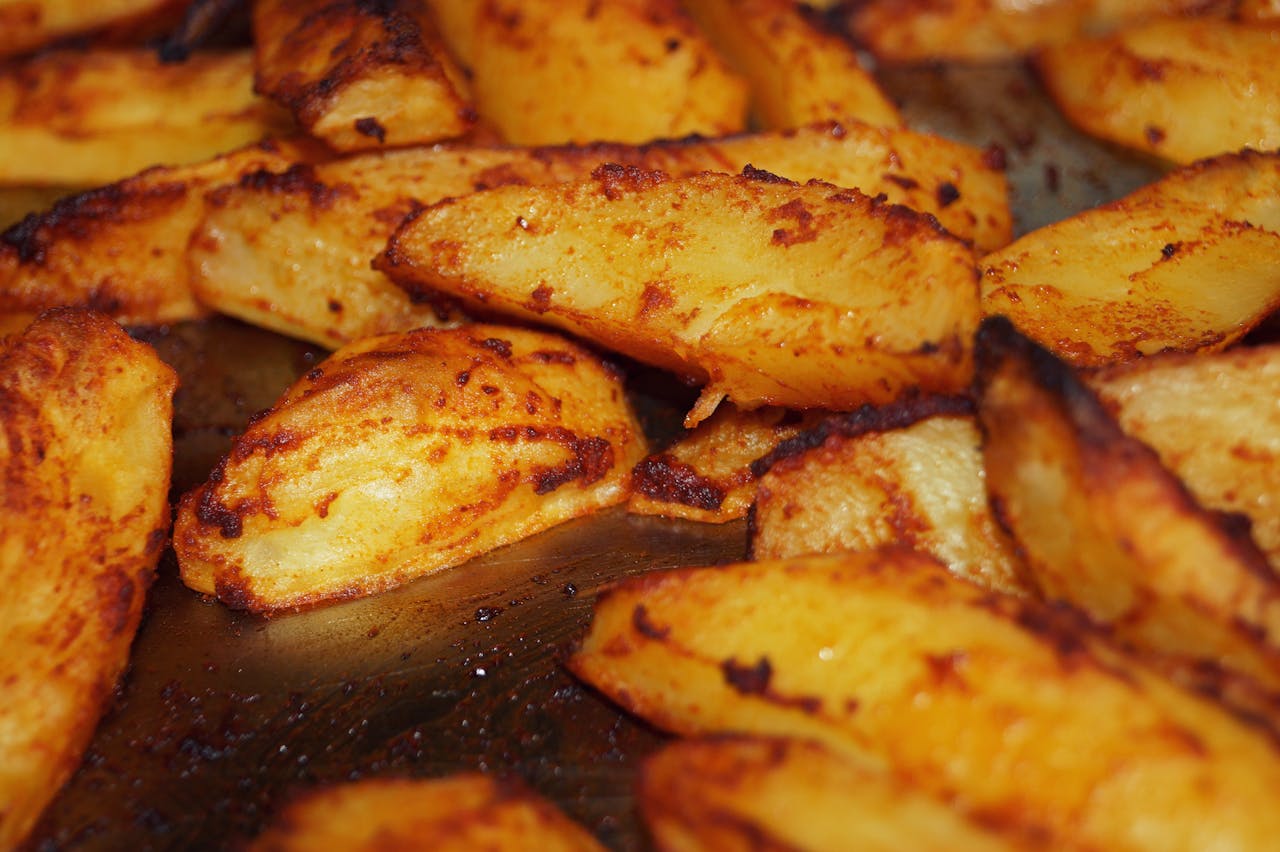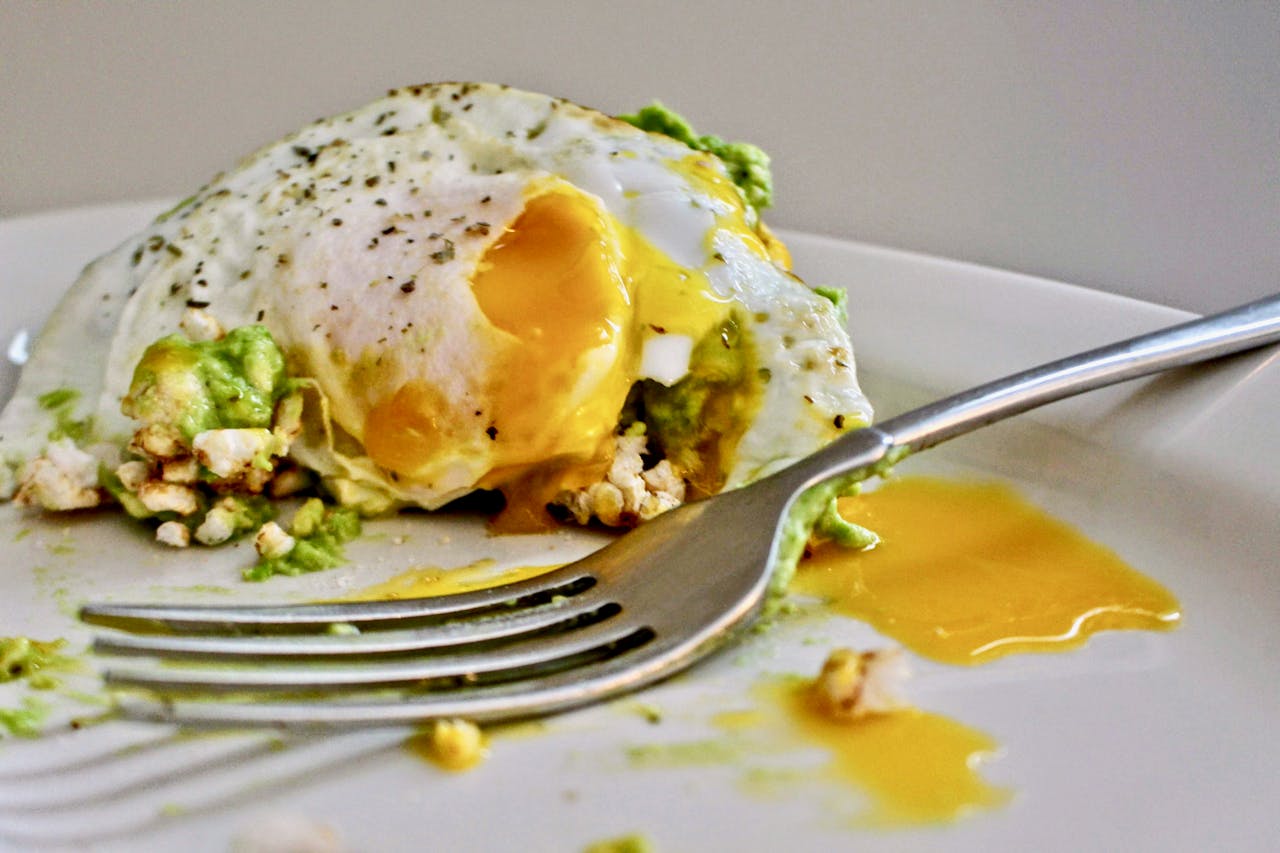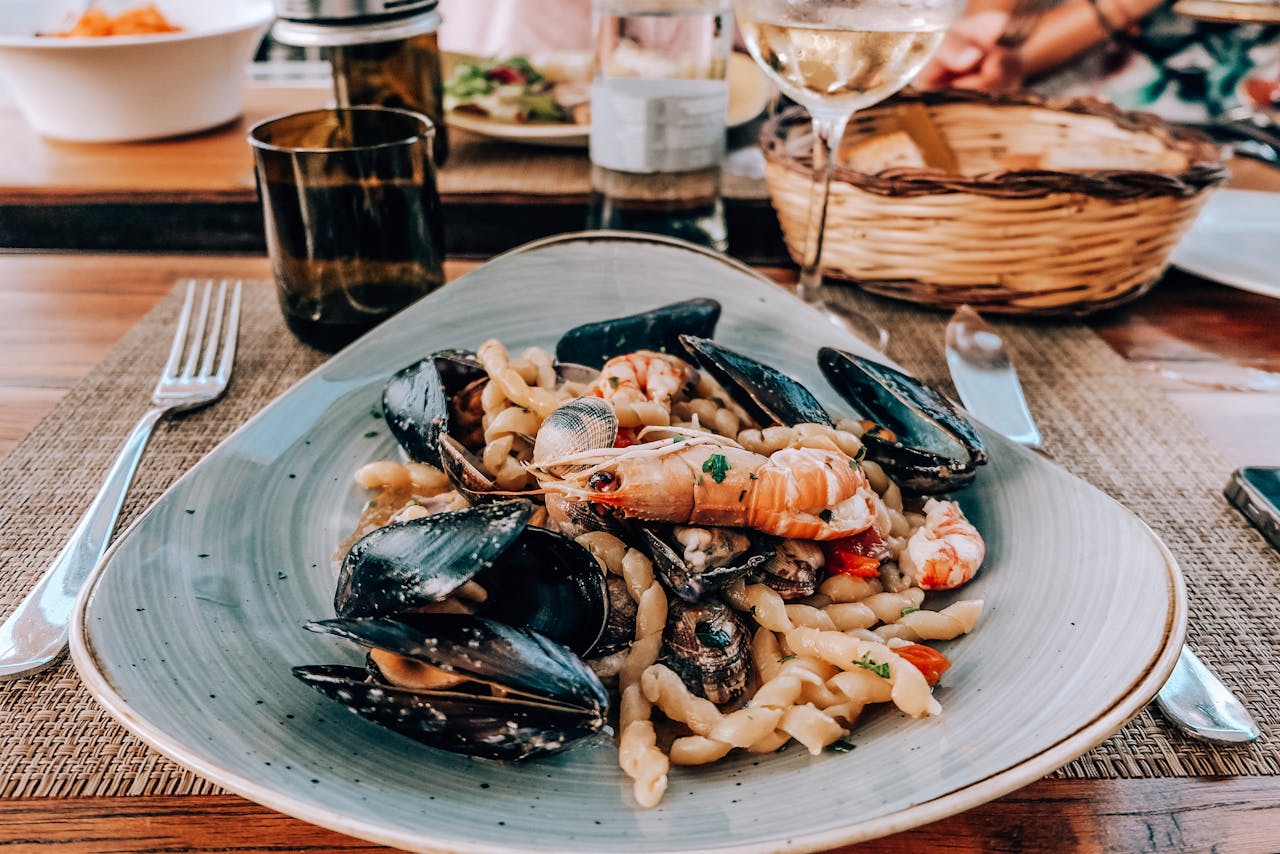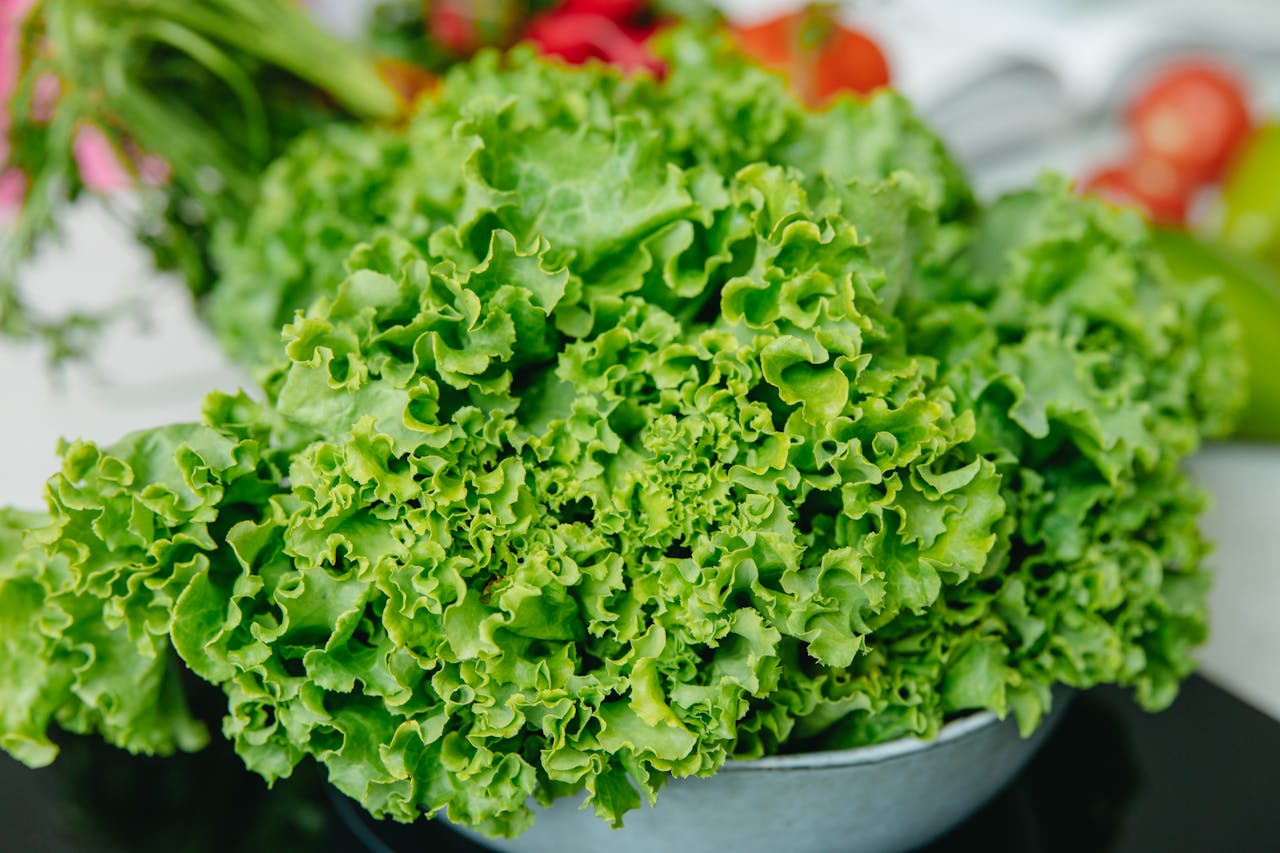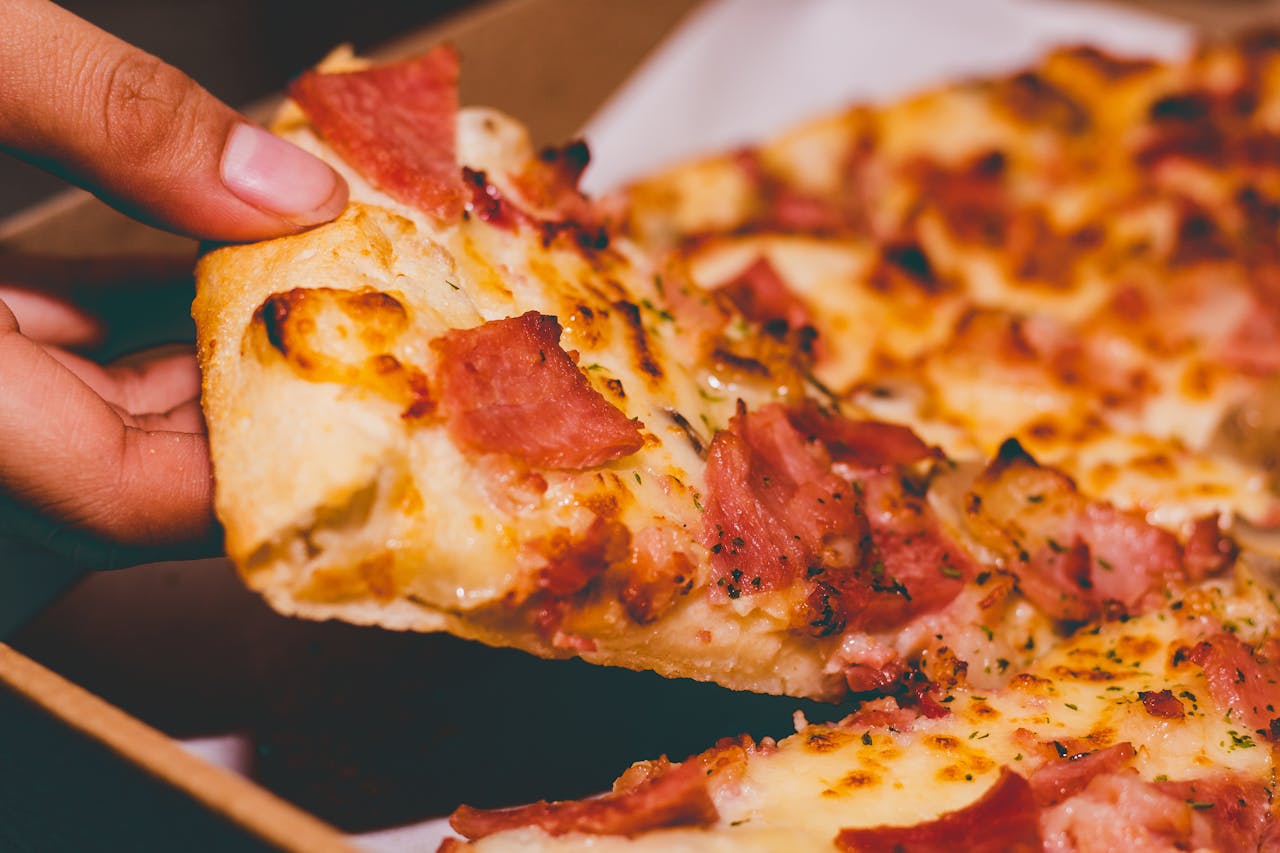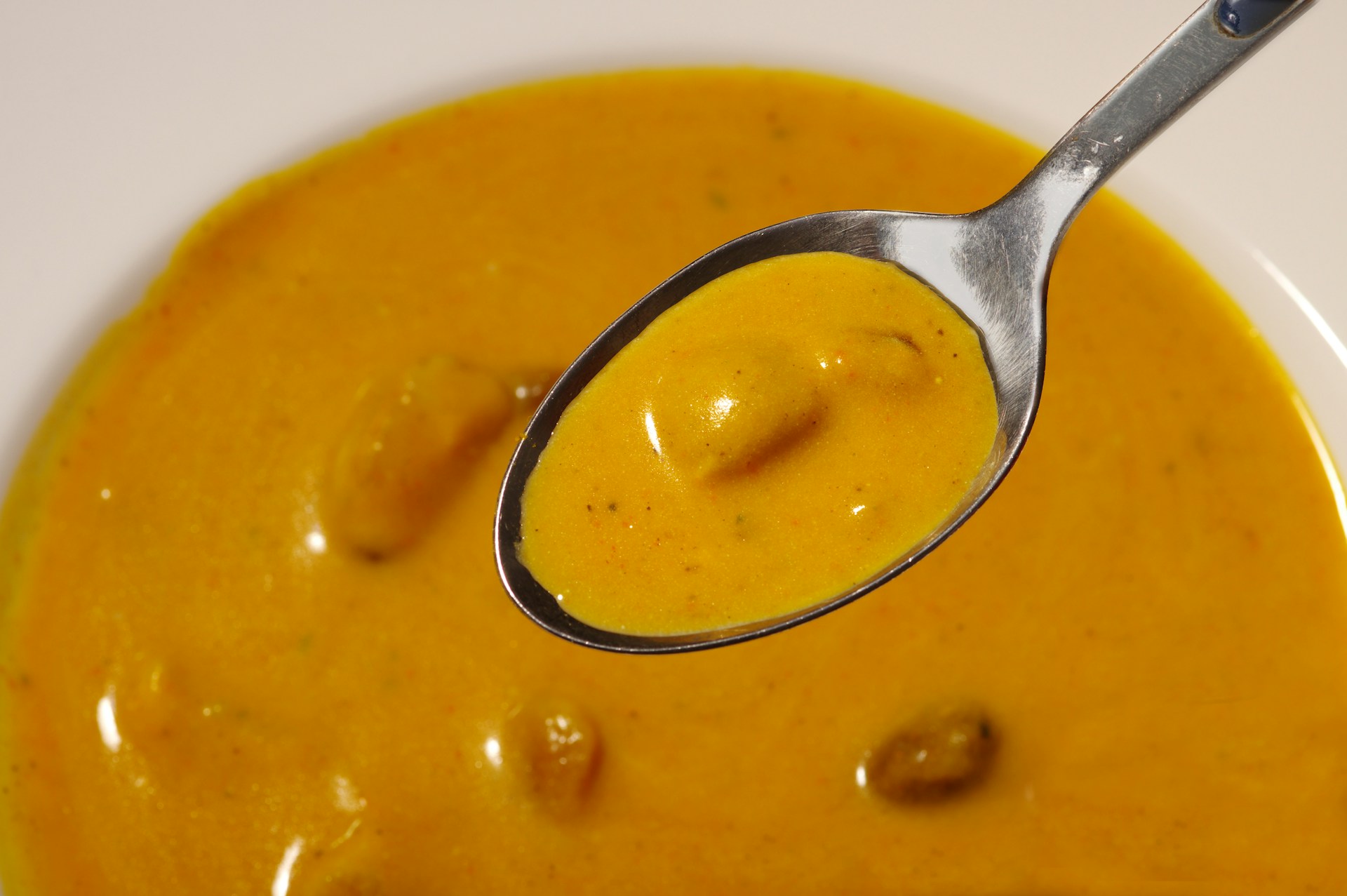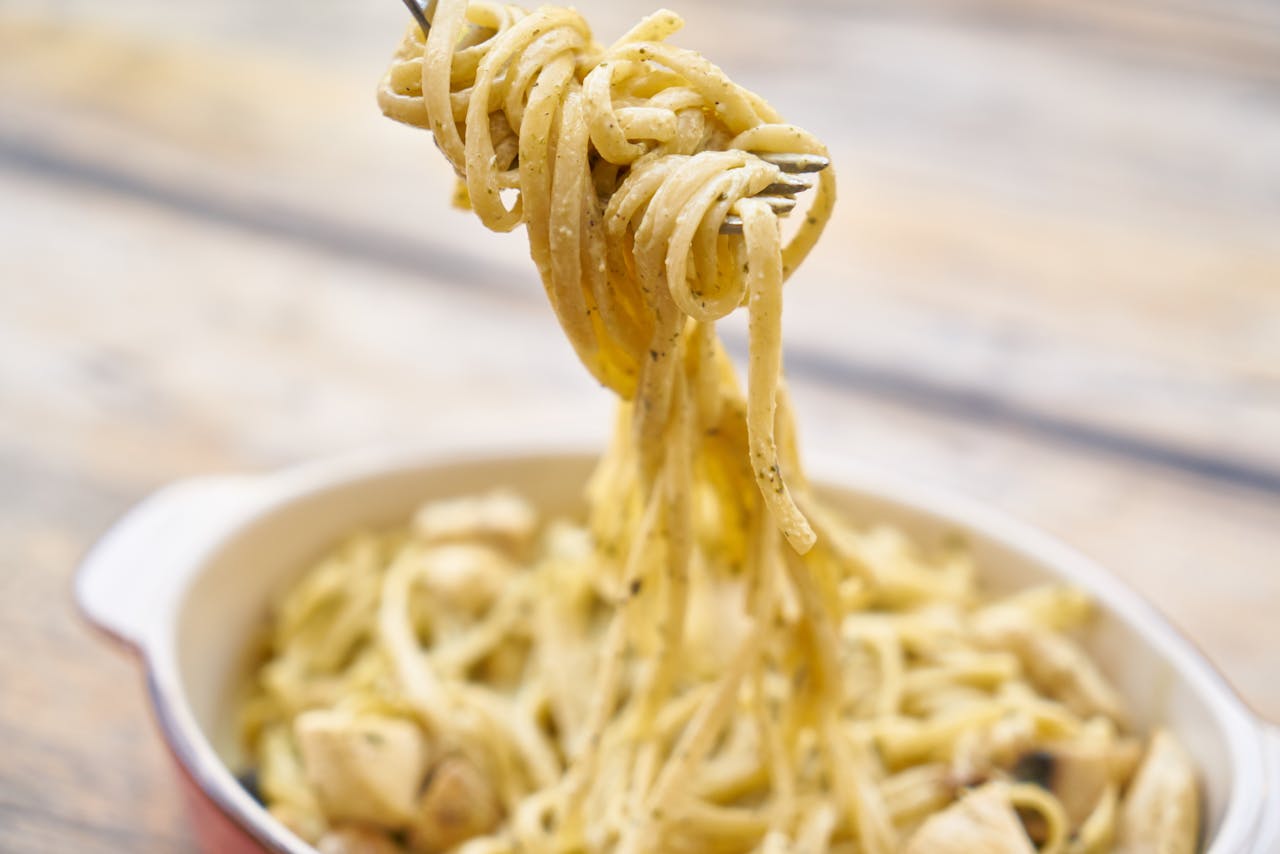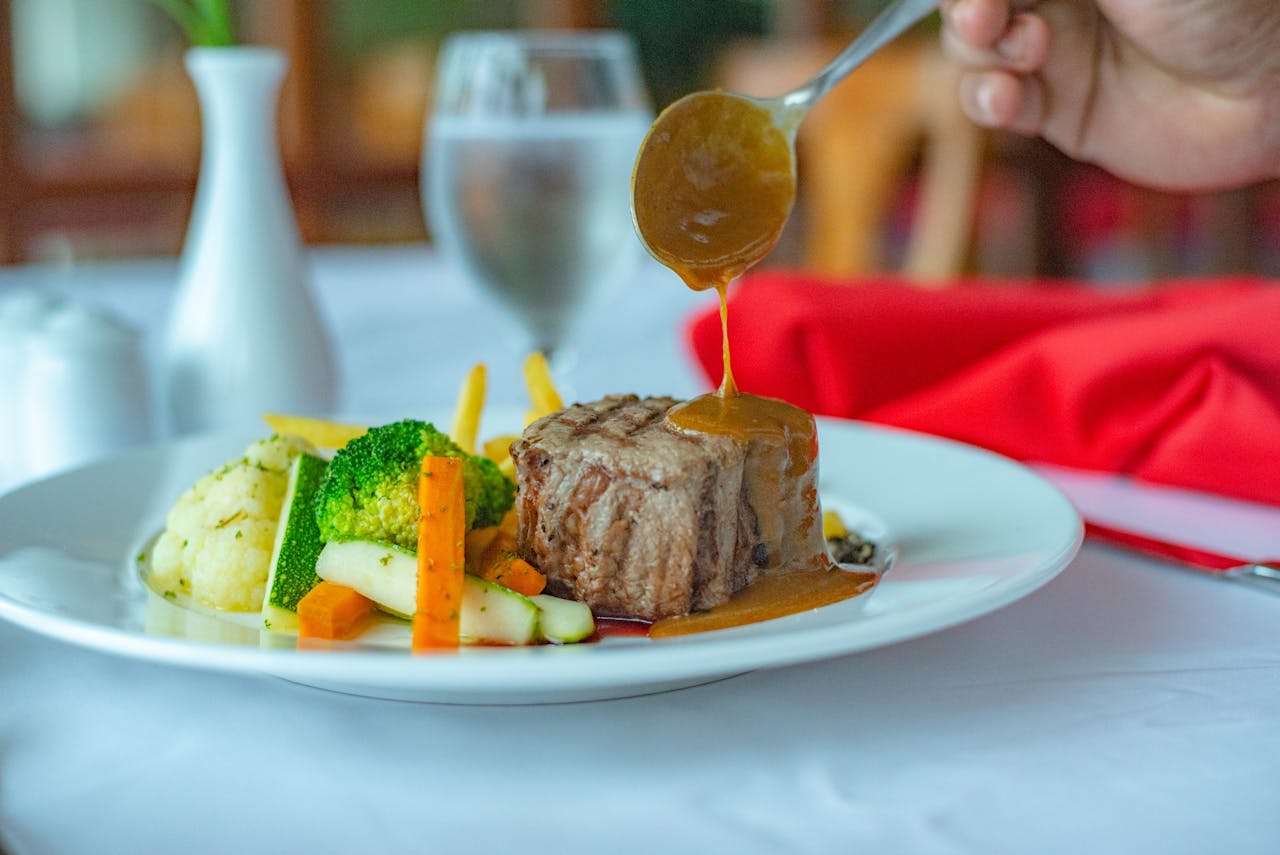Leftovers are a convenient way to save time and money, but not all foods are suitable for reheating. While some dishes taste even better the next day, others can lose their flavor, texture, and, more importantly, pose health risks. Reheating food improperly can lead to foodborne illness, digestive issues, and other unpleasant consequences. To help you navigate your leftovers safely, here’s a detailed list of 10 foods you should never reheat and the reasons why.
1. Rice: A Hidden Danger in Your Leftovers
Rice is a staple in many households, but it’s one of the riskiest foods to reheat. The problem with reheating rice lies in the potential growth of Bacillus cereus, a bacteria that thrives in cooked rice when left at room temperature for too long. This bacteria can cause food poisoning, with symptoms like nausea, vomiting, and diarrhea. Even though rice may appear fine, the bacteria can still be present, and reheating it improperly may not kill it off. To ensure safety, store leftover rice in the fridge within an hour of cooking, and reheat it thoroughly to an internal temperature of 165°F (74°C). However, it’s best to avoid reheating rice multiple times to reduce the risk of illness.
Tip: If you have leftover rice, consider using it in a stir-fry or fried rice dish, as the high heat can kill bacteria. But make sure to eat it right after cooking.
2. Chicken: A Potential Source of Foodborne Illness
Reheating chicken is a common practice, but it comes with risks if not done properly. Chicken, especially when reheated multiple times, can harbor harmful bacteria like Salmonella and Campylobacter. These bacteria can cause serious foodborne illnesses if the chicken is not heated to the correct internal temperature of 165°F (74°C). Improper reheating can allow the bacteria to survive and lead to food poisoning. Additionally, reheating chicken multiple times can result in dry, rubbery meat that’s less appetizing.
Tip: To avoid both foodborne illness and poor texture, try to only reheat chicken once, and ensure it’s heated evenly. If you’re unsure, it’s better to consume it fresh rather than reheating.
3. Potatoes: A Risk of Botulism
Potatoes are a popular leftover, but they can be dangerous if stored improperly. When potatoes are cooked, especially when wrapped in foil, and left at room temperature for extended periods, they can develop Clostridium botulinum, the bacteria responsible for botulism. This bacteria can produce a toxin that causes botulism, a serious and potentially life-threatening illness. Reheating potatoes that have been improperly stored may not kill the bacteria, making it unsafe to eat.
Tip: To safely store leftover potatoes, place them in the fridge within an hour of cooking and reheat them only once. If you’re unsure about how long they’ve been sitting out, it’s better to discard them than risk botulism.
4. Eggs: Rubber and Risky to Reheat
Eggs are a breakfast favorite, but reheating them can lead to a less-than-ideal texture. When reheated, eggs—especially when microwaved—can become rubbery, overcooked, and unappetizing. The real danger, however, lies in the improper storage of eggs after cooking. If eggs are left at room temperature for too long, they can become a breeding ground for bacteria like Salmonella. Even when stored properly in the fridge, reheating eggs more than once can increase the risk of foodborne illness.
Tip: If you want to enjoy eggs as leftovers, try to reheat them gently and evenly. Scrambled eggs, in particular, can be reheated more successfully than fried or poached eggs.
5. Seafood: Delicate and Prone to Spoiling
Seafood is one of the most delicate foods to reheat. Fish and shellfish can lose their flavor, texture, and aroma when reheated, but the real concern is spoilage. Seafood spoils quickly, and reheating it can cause food poisoning if it’s not stored and handled properly. The best way to enjoy seafood leftovers is to eat them as soon as possible, ideally within a day of cooking. If you must reheat seafood, do so gently and thoroughly to avoid overcooking and to ensure safety.
Tip: If you want to keep seafood fresh for longer, store it in the fridge in an airtight container and reheat it only once. For the best results, try to eat seafood fresh.
6. Leafy Greens: Nitrate Risks When Reheated
Leafy greens like spinach, kale, and lettuce are packed with nutrients, but they can be dangerous when reheated. These greens contain high levels of nitrates, which can convert into potentially harmful compounds when reheated. When cooked and stored improperly, nitrates in leafy greens can pose a health risk, particularly for young children and pregnant women. Reheating them can increase the risk of foodborne illness and is best avoided altogether.
Tip: Enjoy leafy greens fresh or in dishes that don’t require reheating, like salads or smoothies. If you must cook them, try to consume them immediately after cooking.
7. Mushrooms: Digestive Issues from Reheating
Mushrooms are a great addition to many dishes, but they don’t reheat well. When mushrooms are cooked and then reheated, they can release toxins that may upset your stomach. This happens because mushrooms are high in protein, and when reheated, they break down in a way that makes them harder to digest. Additionally, reheating mushrooms multiple times can cause them to become slimy and unappetizing.
Tip: If you have leftover mushrooms, try to consume them within a day or two without reheating them. If you must reheat them, do so gently, but it’s often better to eat them fresh.
8. Pizza: Soggy and Less Delicious
Pizza is one of the most popular leftovers, but reheating it can result in a soggy crust and rubbery cheese. While there’s no major health risk in reheating pizza (if done properly), the flavor and texture often suffer. The microwave, in particular, can turn the crust into a chewy, soggy mess, and the cheese can lose its creamy, melty texture. To get the best results, try reheating pizza in the oven or a skillet to maintain its crispy crust and gooey cheese.
Tip: If you’re craving pizza the next day, try reheating it in a skillet with a lid, or use the oven to help preserve the texture. If you’re in a rush, a toaster oven works wonders too.
9. Gravy: A Lumpy, Unappetizing Mess
Gravy is a delicious addition to many meals, but it can become lumpy and unappetizing when reheated. The issue arises when the fat separates from the liquid, leaving a greasy and unpleasant texture. Additionally, if gravy has been left out for too long, it can become a breeding ground for bacteria, which makes it unsafe to consume. If you plan on reheating gravy, it’s essential to bring it to a boil and stir constantly to prevent separation and ensure it’s safe to eat.
Tip: If you have leftover gravy, store it in the fridge and reheat it only once. If the gravy has been sitting at room temperature for too long, it’s best to discard it.
10. Pasta: A Soggy, Unappetizing Dish
Pasta is another common leftover, but it doesn’t always reheat well. When pasta is reheated, it tends to absorb too much sauce, making it soggy and less enjoyable. Additionally, pasta that has been left at room temperature for too long can become a breeding ground for bacteria. To reheat pasta safely, store it in the fridge and heat it thoroughly. Adding extra sauce or a little bit of olive oil can help prevent it from drying out.
Tip: When reheating pasta, add a splash of water or sauce to keep it from becoming dry. You can also try reheating pasta in a pan with a bit of oil or butter for a better texture.
Final Thoughts
While leftovers are a great way to save time and reduce food waste, it’s important to remember that not all foods are suitable for reheating. Some foods, like rice, chicken, potatoes, eggs, seafood, leafy greens, mushrooms, pizza, gravy, and pasta, can pose health risks or lose their flavor and texture when reheated improperly. To ensure your leftovers are both safe and enjoyable, always store them properly, reheat them thoroughly, and avoid reheating them multiple times. By following these tips, you can enjoy your meals without worrying about foodborne illness or poor taste. Stay safe and savor your leftovers!


